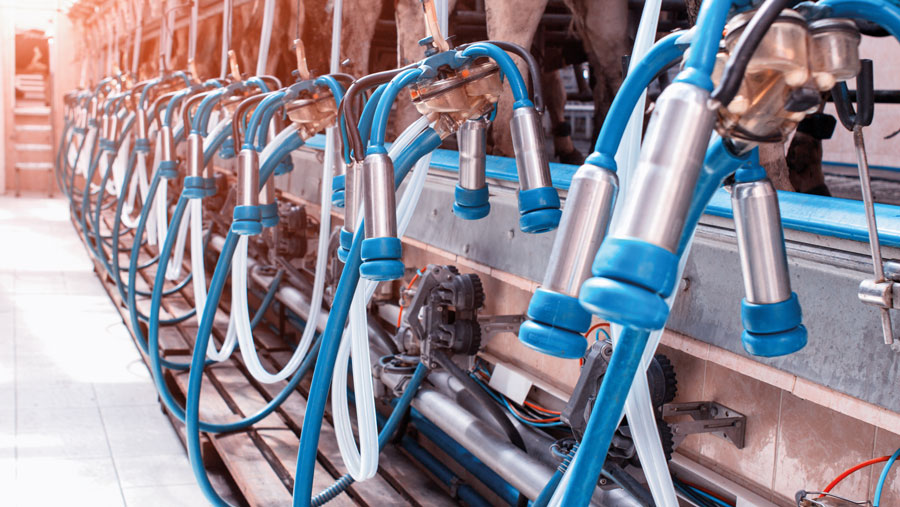Business Clinic: What tax relief can I get on my new dairy complex?
 © Henadzy/Adobe Stock
© Henadzy/Adobe Stock Whether you have a legal, tax, insurance, management or land issue, Farmers Weekly’s Business Clinic experts can help. Here, Andrew Robinson, partner and head of agriculture at Armstrong Watson, advises on the complex area of tax relief on different elements of a dairy project.
Q: I am planning to build a new dairy unit including new parlour, cattle house, slurry store, and silage clamp. What tax relief will I receive on the cost?
A: There are valuable tax reliefs available when a business spends money on either buildings or equipment, which will reduce your income tax or corporation tax liability. The reliefs available will vary a bit depending on whether you are trading via a partnership or limited company.
Before considering tax on profits, we will briefly look at capital gains tax (CGT). The cost of property, including fixed plant within a building, can be deducted from a capital gain when property is sold.
See also: Business Clinic: why are profits up but overdraft is not down?
Similarly, if you have paid any CGT on selling business assets in the last three years, you may be able to get a refund by claiming rollover relief into the cost of your new dairy complex.
There are three possible categories of expenditure when considering tax relief against profits in cases such as this:
- Repair costs, which enable you to offset the full cost against profits. This is unlikely to apply here if you are building a new complex on a green field site. If part of the work was renewing an existing structure, for example replacing the concrete panels on an existing silage clamp, then this would be a repair.
- Cost of fixed plant and equipment, which is treated for tax purposes in the same way as the purchase of machinery. Expenditure up to the annual investment allowance (AIA) limit receives 100% capital allowances in the year of purchase. The AIA limit has been £1m since 2019, and was made a permanent in the mini budget on 23 September 2022. You should be aware that if HMRC has given 100% relief in the year of purchase, a farmer may face a tax bill when the machinery is sold in a later year. This is a particular problem when a business ceases.
- Since 2018 the cost of the basic structure qualifies for a 3% structure and buildings allowance (SBA), which is obviously much less generous than the tax relief on plant and equipment within the buildings. However, the position on selling or renting out the buildings in future is much simpler. The new owner or tenant simply claims the same 3% a year as the previous owner. There is a trap when calculating the capital gain on selling buildings, in that the SBA claimed must be deducted from the cost of construction.
The trickiest aspect of your new dairy complex project is to identify which of the costs can be classed as fixed plant and hence qualify for 100% relief. The starting point is that a building cannot qualify for AIA, but over the years the following items have been accepted by HMRC as fixed plant:
- A silage clamp
- Slurry storage and handling equipment
- Parlour equipment including bulk tank
- Internal barriers and cattle handling facilities
- Electrical work, ventilation, and air conditioning costs can also qualify for AIA under a different part of the legislation, known as integral features
- The cost of furniture and equipment in a staff restroom will qualify, but not the room itself.
As mentioned above, the position is presently slightly different for a limited company. Until 1st April 2023, a company can claim a 130% “super deduction” on the cost of new plant and machinery.
Do you have a question for the panel?
Outline your legal, tax, finance, insurance or farm management question in no more than 350 words and Farmers Weekly will put it to a member of the panel. Please give as much information as possible.
Email your question to FW-Businessclinic@markallengroup.com using the subject line “Business Clinic”.
